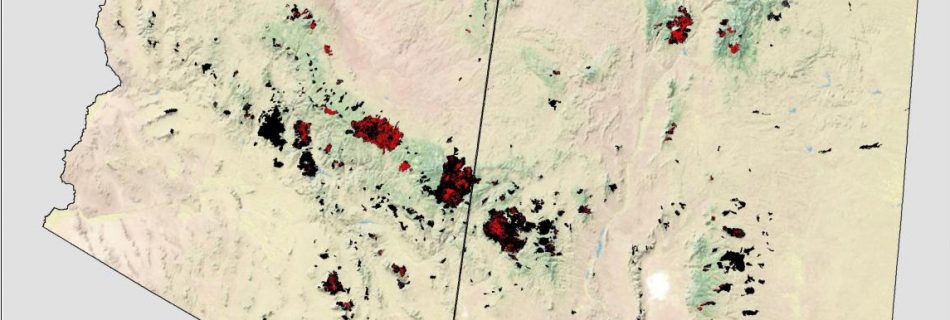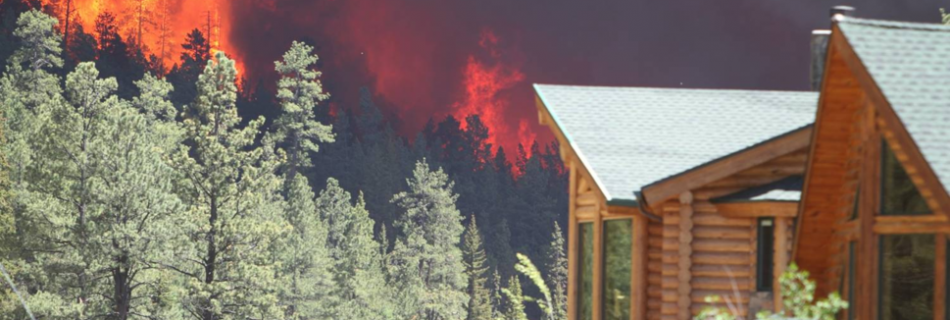August 24, 2016: Increasing trends in high severity fire in the southwestern USA from 1984-2013
Presenter: Megan Poling, PhD Student, Northern Arizona University In the last three decades nearly 5 million hectares have burned in all vegetation types in the Southwest and the largest fires in documented history have occurred in the past two decades. However, trends in severity, or how fires are burning have not been well documented in forest …



